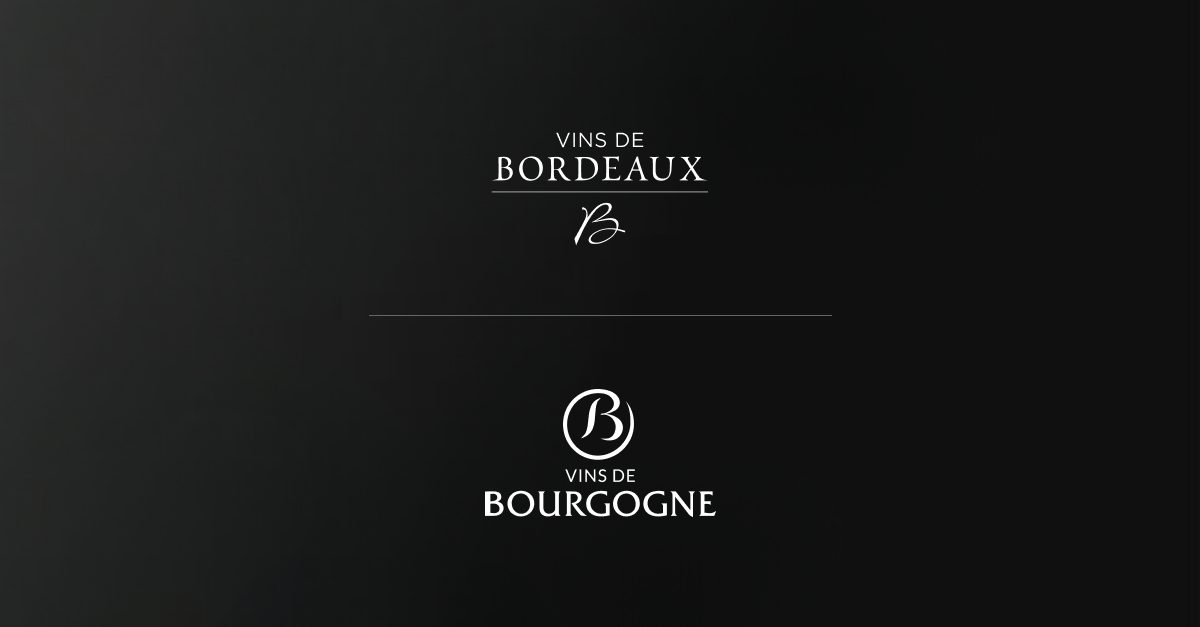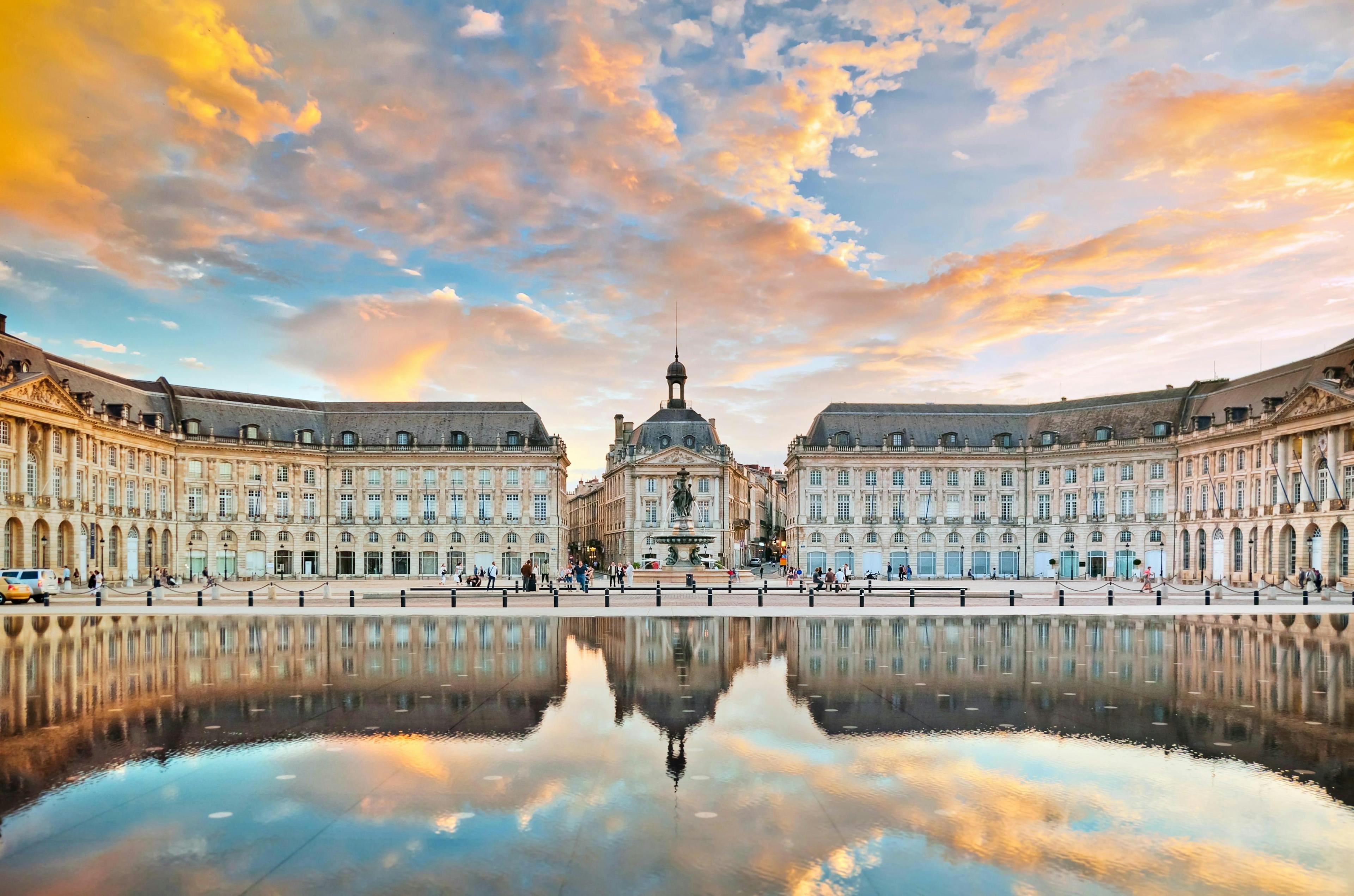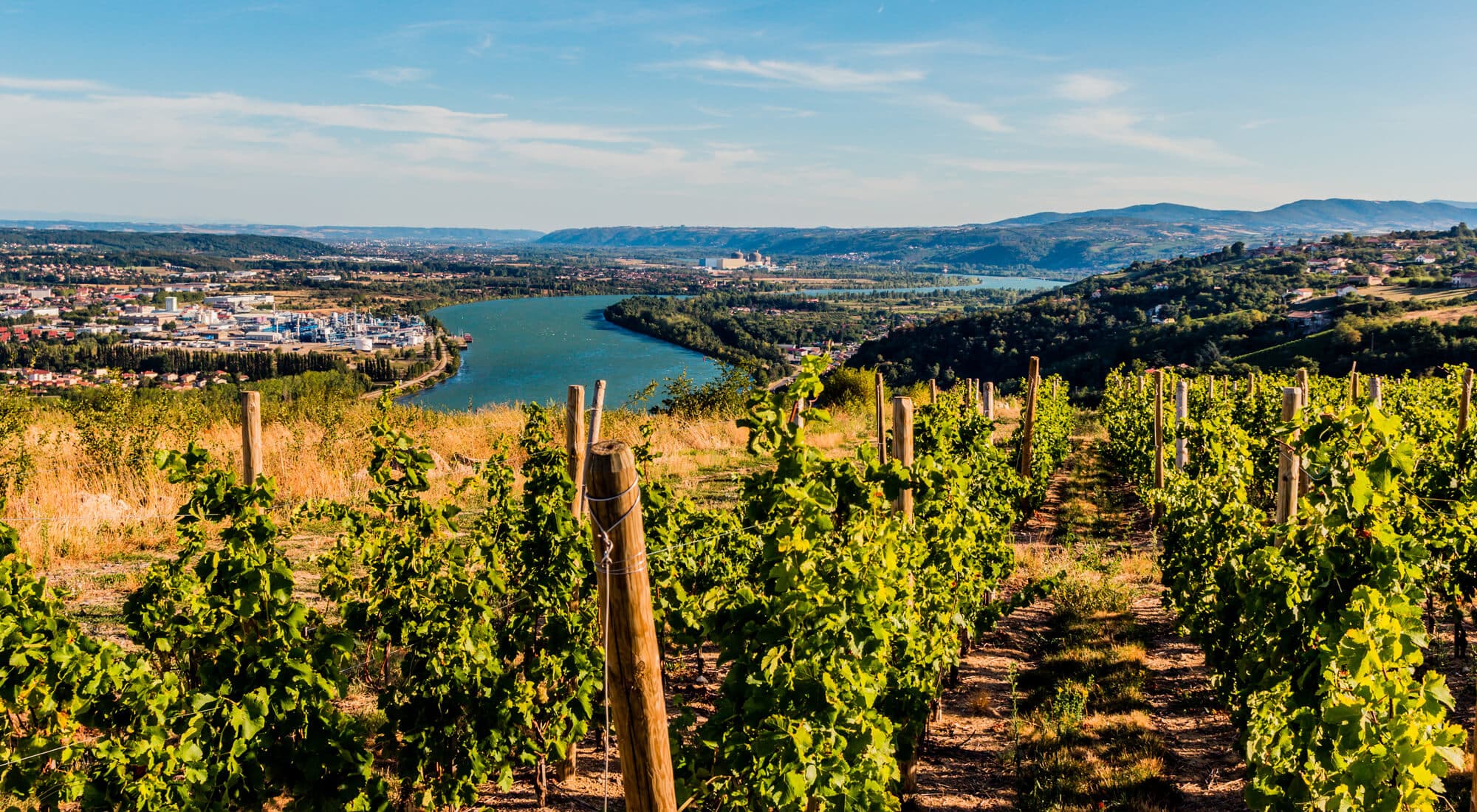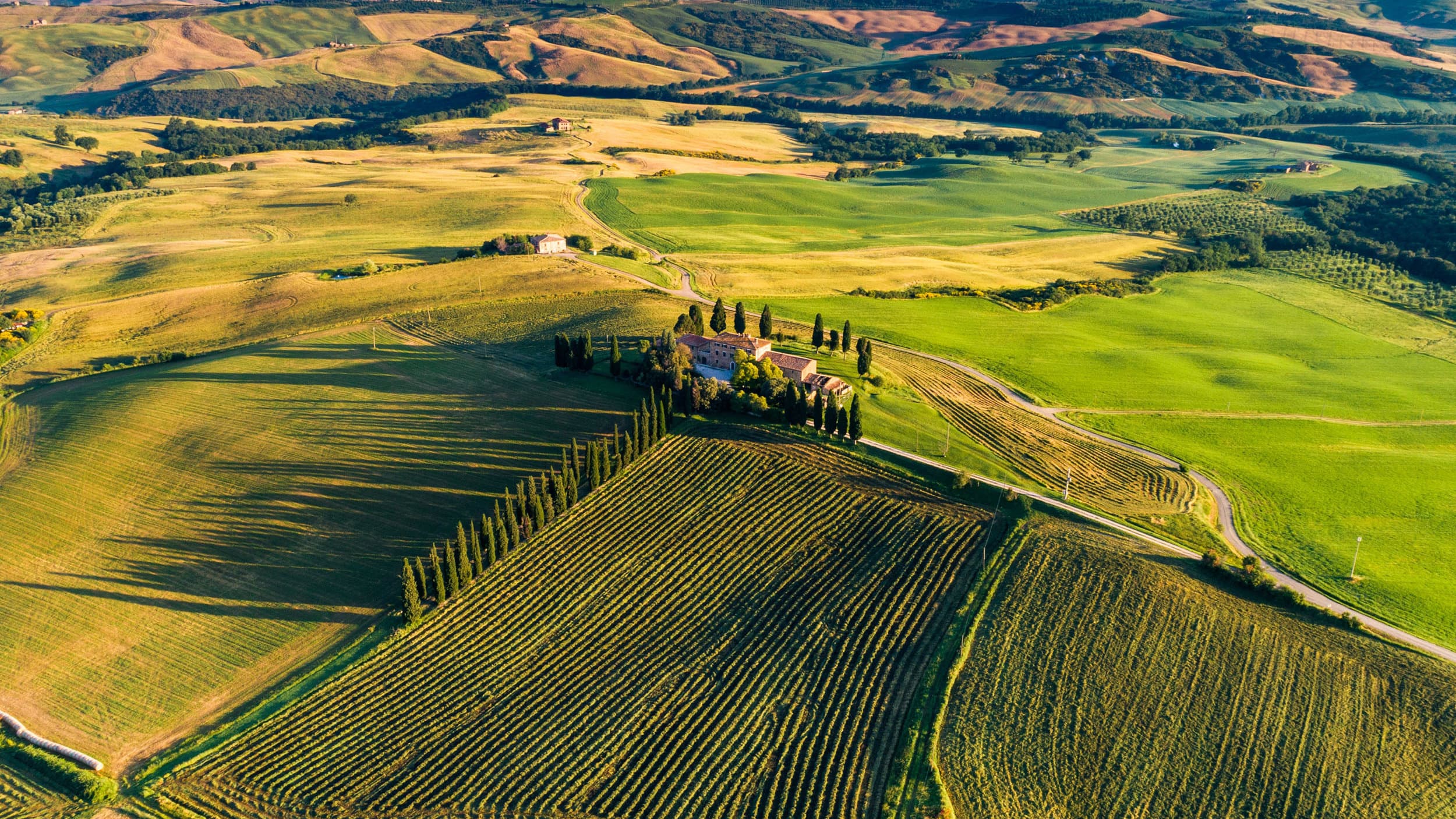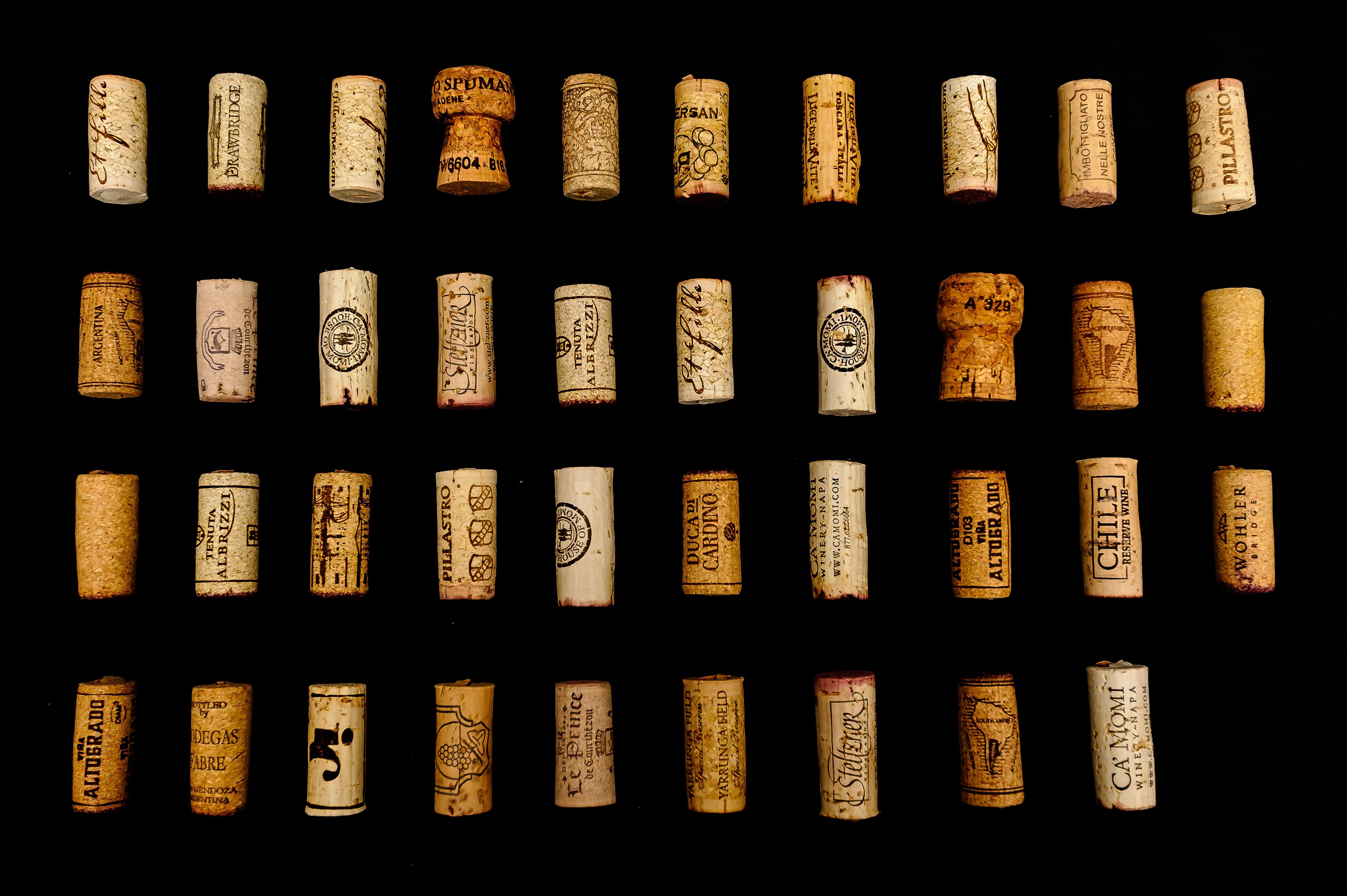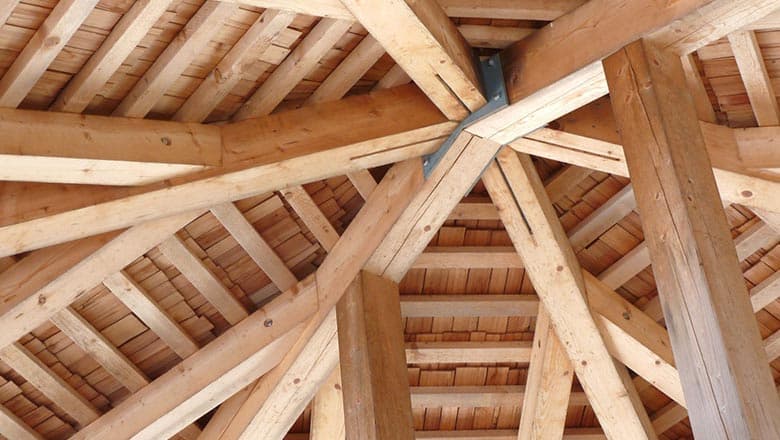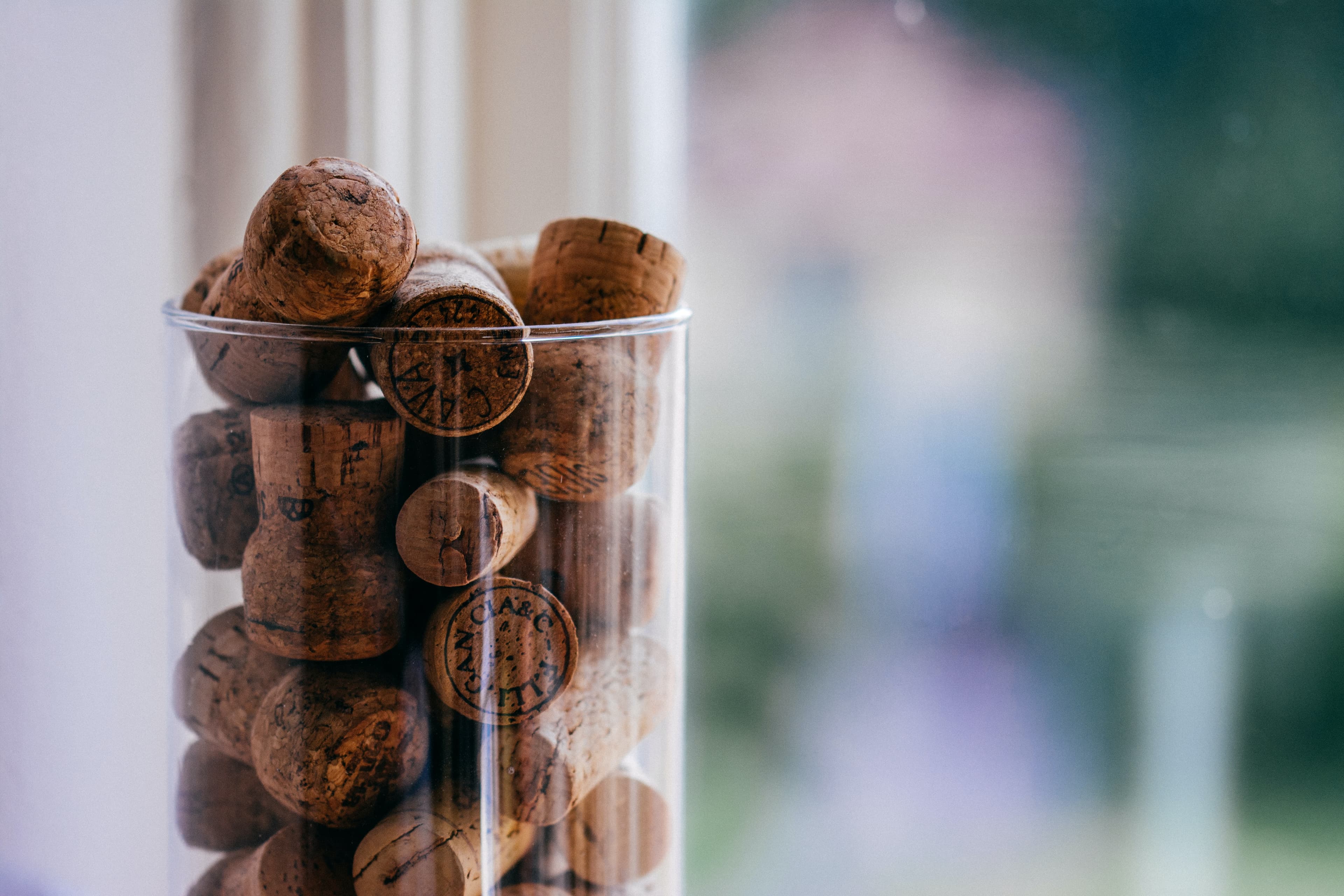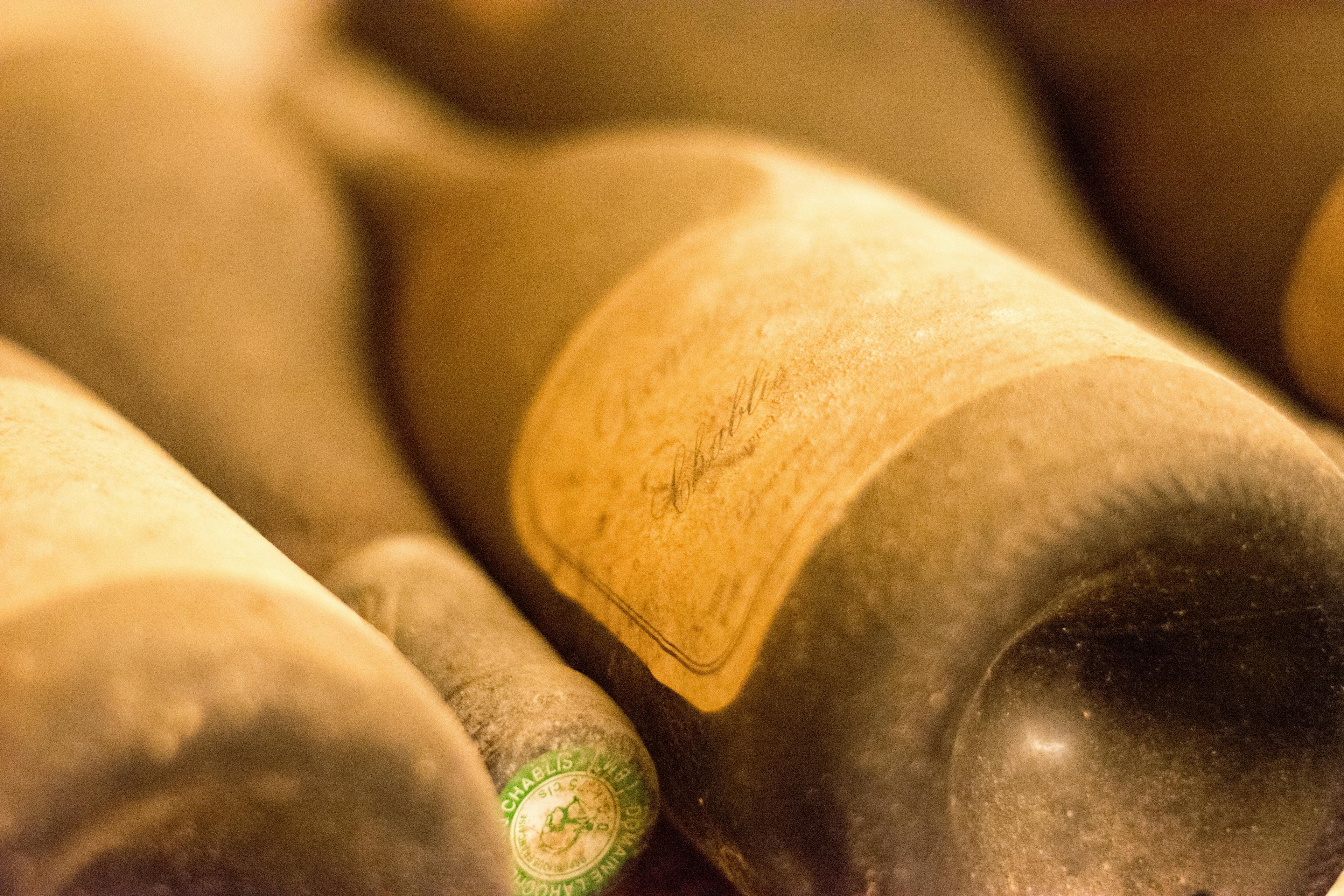The Craftsmanship Behind Bartolo Mascarello
11 min read
Head of Content

Discover the rich history and meticulous craftsmanship behind Bartolo Mascarello, a name synonymous with traditional Barolo wine. This article delves into the legacy of a winery that has stood the test of time, preserving the age-old methods that make its wines so distinctive. From careful vineyard management to the art of blending, learn how each step in the winemaking process is handled with precision and passion. The story of Bartolo Mascarello is not just about wine; it's a testament to dedication and a deep respect for heritage.
Artisanal Winemaking Techniques
Artisanal winemaking techniques are central to the production of Bartolo Mascarello, a wine celebrated for its traditional methods and exceptional quality. These techniques begin with meticulous hand-harvesting, where only the best grapes are selected to ensure the highest quality. This selection process is crucial as it directly influences the flavor and complexity of the wine.
Following the harvest, natural fermentation takes place using indigenous yeasts found on the grape skins. This method enhances the wine's connection to its terroir, providing a unique character that cannot be replicated elsewhere. Unlike modern practices that often involve commercial yeasts, this natural approach allows for a more authentic expression of the grape and its environment.
Aging is another critical aspect, with the wine maturing in large Slavonian oak casks that impart minimal oak flavor while allowing the wine to evolve slowly. This slow maturation process is essential for developing the depth and nuance that Bartolo Mascarello is known for.
To fully appreciate the craftsmanship of Bartolo Mascarello, it is important to serve it correctly. Proper serving ensures that the wine's complex aromas and flavors are presented at their best.
The Role of Hand-Picking in Quality Assurance
Hand-picking grapes is a meticulous process that significantly enhances the quality of Bartolo Mascarello wines. This traditional method allows for the selection of only the best grapes, ensuring that each batch maintains a consistent flavor profile. By manually inspecting each grape, workers can identify and discard those that are damaged or not ripe enough, which might otherwise compromise the wine's integrity.
This careful selection process is crucial for maintaining the high standards necessary for producing premium wines. It also impacts the food pairings that complement the unique characteristics of Bartolo Mascarello. Here are some benefits of hand-picking in quality assurance:
Enhanced Flavor Concentration: Selecting the healthiest grapes helps concentrate the flavors, creating a more robust and nuanced wine.
Reduced Risk of Disease: By removing grapes that show signs of disease or rot, vintners prevent these issues from spreading or affecting the wine's quality.
Optimal Ripeness: Workers can ensure that each grape reaches its peak ripeness before harvesting, which is essential for achieving the desired balance in wine.
This labor-intensive approach not only preserves the artisanal heritage of the vineyard but also guarantees that each bottle of Bartolo Mascarello meets the expectations of connoisseurs worldwide.
Barrel Aging: Types of Wood and Their Influence
Barrel aging is a crucial step in the production of Bartolo Mascarello wines, significantly impacting the taste and quality. Different types of wood used for the barrels contribute unique characteristics to the wine:
Oak: The most commonly used wood, oak imparts vanilla, coconut, and spice notes. Depending on whether the oak is French or American, the intensity and texture of these flavors can vary significantly.
Cherry: Less common than oak, cherry wood offers a subtle fruitiness which enhances the wine’s natural flavors without overpowering them. This type of wood also tends to soften the tannins more gently.
Chestnut: Known for its porous nature, chestnut allows more oxygen into the wine, speeding up the aging process and adding a robust, earthy tone that complements the structured profile of Mascarello wines.
Each wood type not only influences the flavor profile but also affects the tannin structure and color stabilization of the wine, making the choice of barrel a key element in defining the final product's complexity and depth.
The Philosophy of Minimal Intervention
The philosophy of minimal intervention is central to the production of Bartolo Mascarello wines, reflecting a deep respect for natural processes. This approach ensures that each bottle captures the essence of its terroir, offering an authentic taste of the region's unique characteristics. By avoiding excessive manipulation, the winery allows the grapes to express their natural complexity and subtlety.
Natural Yeast Fermentation: Utilizing indigenous yeasts from the vineyard, the winery promotes a fermentation process that is not only slower but also more reflective of the local environment.
Old World Aging Techniques: Large Slavonian oak casks are used for aging, rather than smaller, new oak barrels. This method minimizes the wood's influence and preserves the wine's original flavors and aromas.
Manual Harvesting: Grapes are carefully picked by hand, ensuring that only the best quality fruit is selected. This labor-intensive technique helps to maintain the integrity of each grape.
For those looking to preserve the quality of these meticulously crafted wines, proper storage is crucial. Learn more about how to store Bartolo Mascarello safely to maintain its distinctive characteristics and aging potential.
Blending Art: Creating the Perfect Balance
Blending art in winemaking is a meticulous process that requires a deep understanding of both the science and the creativity involved. At Bartolo Mascarello, this process is revered, ensuring that each bottle reflects a perfect balance of flavors and aromas. The winery achieves this through careful selection of grapes, precise control of fermentation temperatures, and a masterful approach to aging.
Grape Selection: Choosing the right grapes is crucial. The winery sources from vineyards that provide the best expression of the terroir.
Fermentation Control: Temperature during fermentation affects the wine's flavor profile. Mascarello maintains optimal conditions to preserve desired aromas.
Aging Mastery: The aging process is tailored to enhance the wine's complexity and character. Using a combination of oak barrels and bottles, the winery ensures each vintage reaches its potential.
For those interested in learning more about the intricate details and historical significance of their methods, exploring facts about Bartolo Mascarello can provide deeper insights into how art and science blend to create exceptional wines.
Quality Control: Ensuring Consistency in Every Bottle
Quality control is paramount at Bartolo Mascarello, where meticulous attention ensures that each bottle reflects the winery's storied heritage. The process begins in the vineyard, with careful selection of grapes that meet strict criteria for ripeness and health. These are then handpicked to preserve their integrity and prevent premature crushing.
In the winery, traditional methods blend seamlessly with modern technology. Fermentation takes place in old Slavonian oak casks, maintaining the unique character of the popular vintages. Temperature control and gentle handling during this phase are crucial to prevent unwanted alterations in flavor.
After fermentation, the wine matures in barrels, where it is regularly tasted and tested. This aging process not only enhances the wine's complexity but also stabilizes it, ensuring consistency across bottles. Each batch undergoes rigorous chemical and sensory analyses before bottling, confirming that it meets the high standards set by the estate.
Finally, before release, bottles are stored in optimal conditions to guarantee that they reach consumers in perfect state, embodying the excellence Bartolo Mascarello is known for.
The Importance of Detail in Crafting Bartolo Mascarello
In the world of fine wine, the meticulous attention to detail distinguishes Bartolo Mascarello from other labels. This renowned winery, nestled in the heart of Barolo, Italy, adheres to traditional winemaking methods that emphasize quality over quantity. Each step, from selecting the perfect grape to the aging process, is carried out with precision and care.
Grape Selection: The choice of grapes is critical, with only the best Nebbiolo varietals used. These grapes are known for their robust flavor and ability to age gracefully.
Fermentation Process: Natural yeast and a lengthy fermentation period ensure that the flavors develop complexity and depth.
Aging: Wines are aged in large Slavonian oak barrels, which impart subtle nuances and do not overwhelm the natural grape characteristics.
Bottling: Minimal intervention is the philosophy during bottling, preserving the wine's integrity and unique profile.
Understanding the history of Bartolo Mascarello reveals a commitment to craftsmanship that has been passed down through generations, ensuring each bottle tells a story of unparalleled dedication and passion.
Innovations in Winemaking at Bartolo Mascarello
Bartolo Mascarello, a name synonymous with tradition, has also embraced subtle innovations in winemaking that honor its heritage while enhancing the quality of its wines. These changes are carefully integrated to maintain the classic profile that enthusiasts cherish.
Temperature-Controlled Fermentation: By implementing temperature-controlled fermentation tanks, Bartolo Mascarello ensures that the grapes ferment at an optimal, steady temperature. This technique helps in preserving the delicate aromas and flavors that are characteristic of their prestigious Barolo wines.
Organic Viticulture: The estate has moved towards organic farming practices, shunning chemical pesticides and fertilizers. This shift not only supports the ecosystem but also boosts the vineyard's health, leading to more expressive and pure fruit.
Subtle Use of Oak: While traditionally not heavy on oak usage, recent tweaks include the careful selection of oak barrels that complement, rather than overpower, the nuanced flavors of the Nebbiolo grape. This results in a more balanced and terroir-driven wine.
These thoughtful updates contribute significantly to the overall experience of enjoying Bartolo Mascarello wines, blending legacy with contemporary precision to meet the palates of modern connoisseurs.
The Human Touch: Craftsmanship in Every Step
At Bartolo Mascarello, the emphasis on human touch in winemaking is evident in every step of the process. This traditional approach ensures that each bottle reflects the unique characteristics of the region and the personal touch of the makers. Here’s how craftsmanship plays a pivotal role:
Selection of Grapes: Handpicked with precision, the grapes are chosen from vines that have been nurtured for decades. This careful selection guarantees quality from the very start.
Fermentation Techniques: Utilizing old-school methods, the fermentation process is closely monitored without the use of modern machinery. This allows for a more natural development of flavors.
Aging Process: The wines are aged in large Slavonian oak barrels, which impart subtle nuances and complexity. This method respects the time-honored traditions of the region.
Bottling by Hand: In keeping with artisanal methods, bottling is performed manually. This ensures minimal intervention with the wine, preserving its original character and purity.
Through these meticulous practices, Bartolo Mascarello maintains a connection to its heritage while producing wines of exceptional quality and depth.
The Annual Production Cycle of Bartolo Mascarello
Bartolo Mascarello, a revered name in Barolo wine production, adheres to a meticulous annual cycle that ensures the quality and authenticity of their wines. This cycle begins in early spring when the vines awaken from dormancy. Pruning is critical at this stage to shape the vine's growth and optimize fruit quality.
Bud Break and Flowering: By late spring, the vines start to show their first buds, which soon blossom into flowers. This period is crucial as it sets the stage for pollination and fruit set.
Summer Growth: Throughout the summer, the focus shifts to managing vine health and canopy development to protect the grapes from excessive sun while ensuring adequate ventilation.
Harvest: Come early autumn, the grapes reach their peak maturity. Harvesting is done manually to select only the best fruit, reflecting Mascarello's commitment to quality over quantity.
Fermentation and Aging: Post-harvest, the grapes undergo fermentation in traditional Slavonian oak casks. This slow process is vital for developing the complex flavors Bartolo Mascarello wines are known for.
Bottling and Resting: After aging, the wine is bottled and left to rest. This resting period is essential for the wine to integrate and mature before it finally reaches the consumer. Each step in the production cycle is carefully timed and executed, showcasing the dedication to craftsmanship that Bartolo Mascarello prides itself on.
Conclusion
In conclusion, the meticulous craftsmanship behind Bartolo Mascarello wines is a testament to the enduring legacy of traditional winemaking in the Barolo region. Each bottle encapsulates not just the rich flavors and aromas characteristic of this prestigious label but also the passion and dedication of the Mascarello family. This commitment to quality and tradition ensures that each vintage not only meets but often exceeds the expectations of wine connoisseurs around the world.
For enthusiasts looking to invest in or collect such exquisite wines, Rekolt offers a seamless solution that preserves the integrity and value of these fine wines. By choosing our professional cellar storage option, collectors and investors can ensure that their Bartolo Mascarello wines are maintained in optimal conditions, enhancing their aging potential and, consequently, their resale value. This service not only provides peace of mind but also makes it easier to trade and resell these prized bottles in the fine wine marketplace. With Rekolt, you can trust that your investment is in good hands, allowing you to enjoy the rich heritage of Bartolo Mascarello wines at their absolute best.
Share this article
